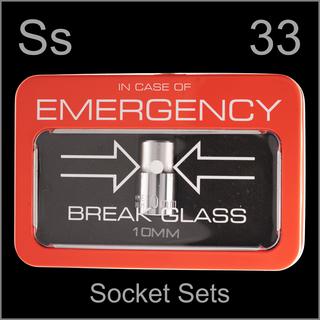 |
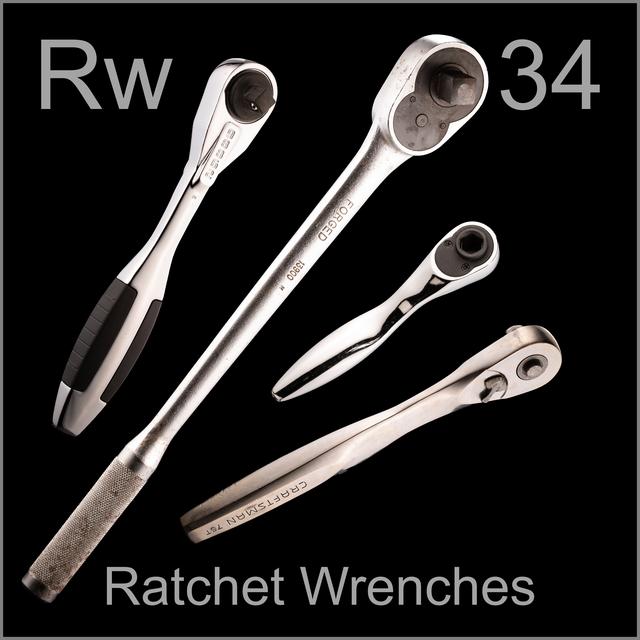
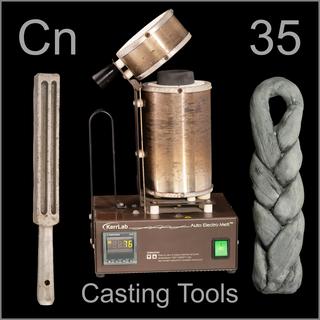 |
Leave a comment below! Or click on an individual tool to see more or leave a comment about that tool. |
|
 |
|
 |
| This handle adds a gimmick: the handle can extend to give you more leverage. Is it enough leverage to break at the sliding joint? Sorry, I paid too much for it to find out. |
 |
| This large ¾” ratchet has a modest 36 teeth, giving it a 10-degree ratchet angle. |
 |
| Basic ratchet wrench. |
 |
| This old ratchet handle has only 12 teeth. |
 |
| This is the highest-tooth-count wrench available: it has 160 teeth, giving it a click every 2.25 degrees of rotation. Two pawls, one on each side, each engage 12 teeth at a time with the outer ring. The direction knob in the middle determines which side of the pawls are in contact, and thus which direction the ratchet binds, and which direction it clicks. Unlike some high-tooth-count wrenches where the pawls engage alternately, one after the other, in this one both pawls engage every time, making the mechanism twice as strong. |
 |
| This older wrench is so nice. The handle is solid and feels better in the hand than any modern wrench I’ve used. |
 |
| Gorgeous Mini Ratchet Driver |
 |
| This bizarre version bends, but in a seemingly quite useless direction. |
 |
| This 24K gold-plated wrench can only be described as an example of wrenched excess. |
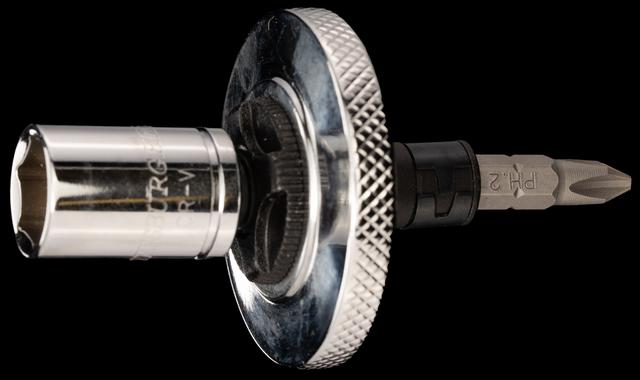 |
| Here’s an example that takes advantage of the fact that you often don’t need or want much torque. It doesn’t stick out in any direction, it’s just very small. |
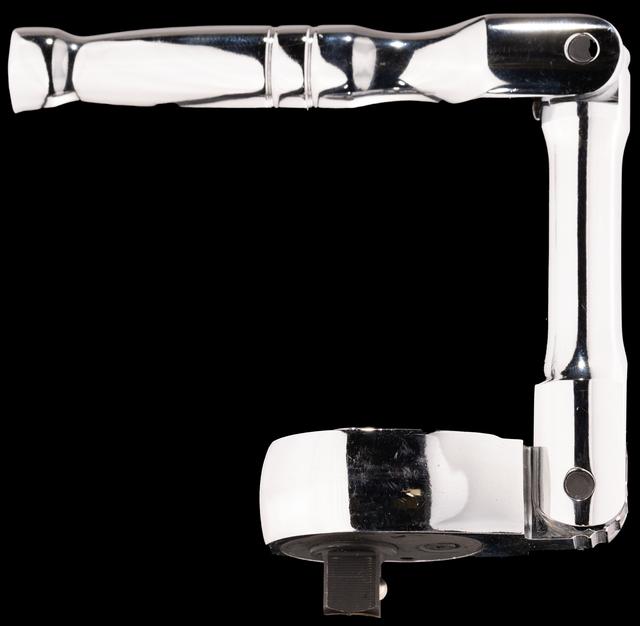 |
| This handle bends in two places! You can turn it into a crank shape if you like, which is actually useful for quickly spinning a loose nut. |
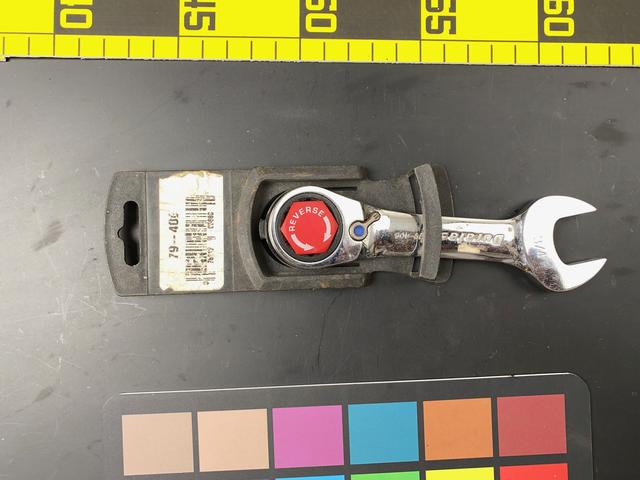 |
| If you want to get really fancy with a double-ended wrench, you can add a ratchet mechanism on one end. |
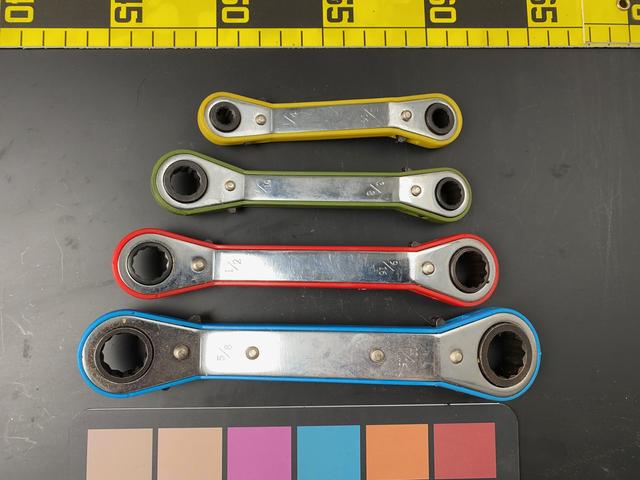 |
| Box End Ratchet Wrenches |
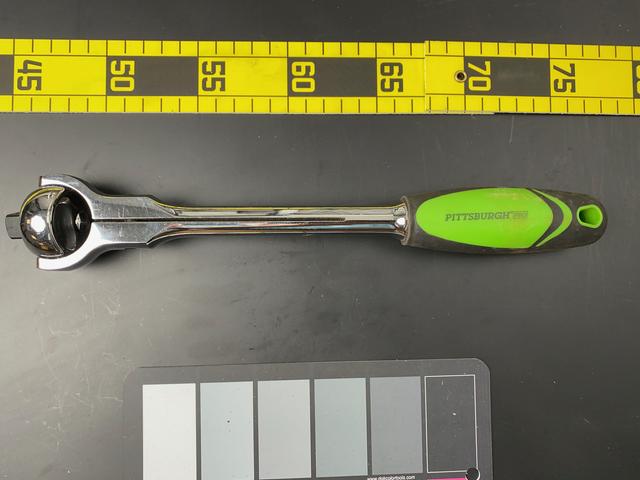 |
| Rotating-head ratchet wrench. |
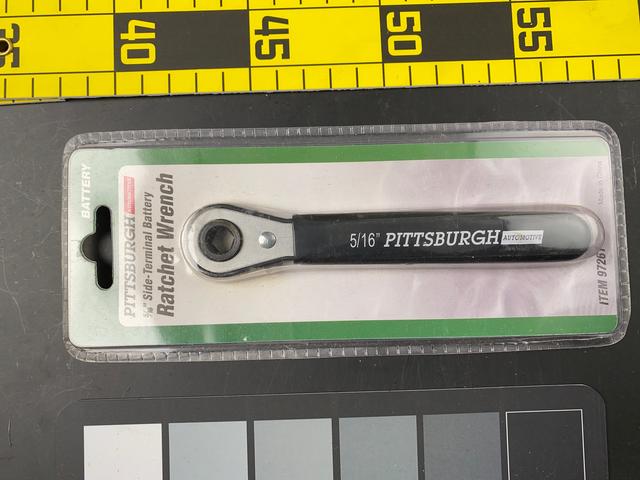 |
| Wrench-like ratchet handles can be designed anywhere from unnecessarily thick down to about as thin as physically possible. Because screwdriver bits are driven by a socket rather than by a peg (as is the case with socket wrenches) the handle can actually be complete flat. |
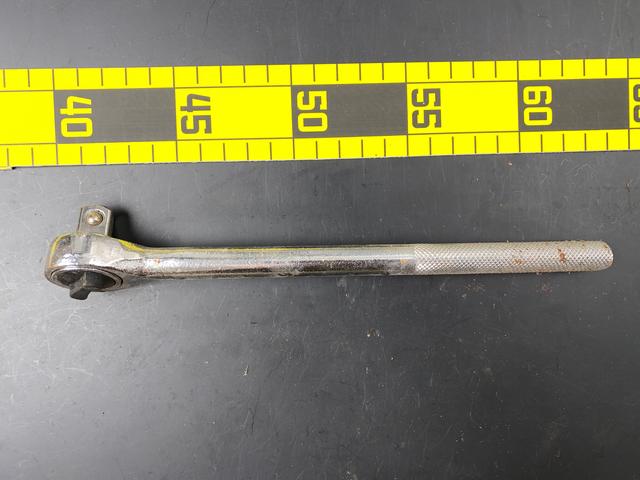 |
| A standard ½” drive ratchet handle. This average discount handle has about 30-40 teeth in its ratchet. |
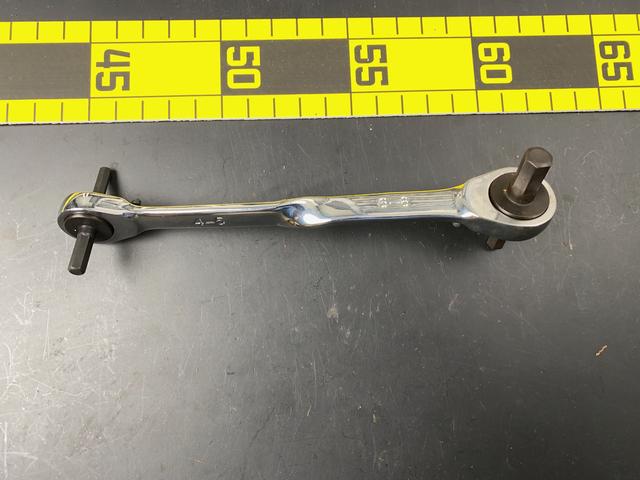 |
| A wrench with a twist! It provides a fixed four sizes of Allen wrench. I assume the twist is so that the bits on the side that is acting as a handle don’t scrape along the surface of what you’re working on. |
 |
| This isn’t a handle as such: it’s a chain-drive offset. You use your favorite handle on one side, and it transfers the force to the other side, where you attach a socket. Useful, sort of, in very tight spaces, but usually an extension bar or fine-tooth ratchet is a better solution. |
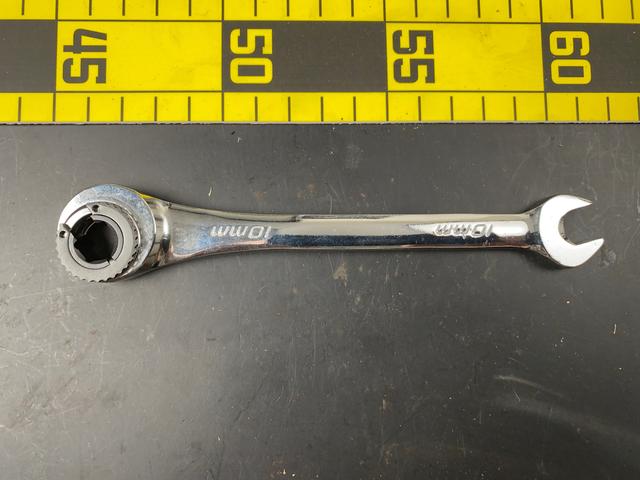 |
| This open-ended ratchet wrench does the impossible: you can slide it onto a threaded rod without needing to go over the end, yet it also ratchets. You just have to get it back to the correct position to take it off again. |
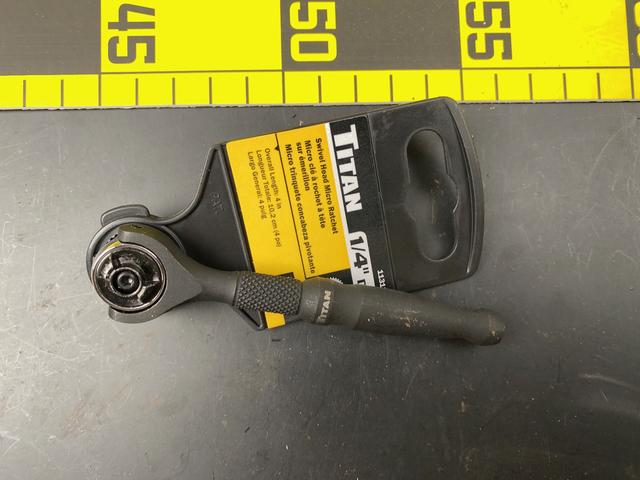 |
| This one adds a gimmick: the head swivels, allowing you to have less leverage. |
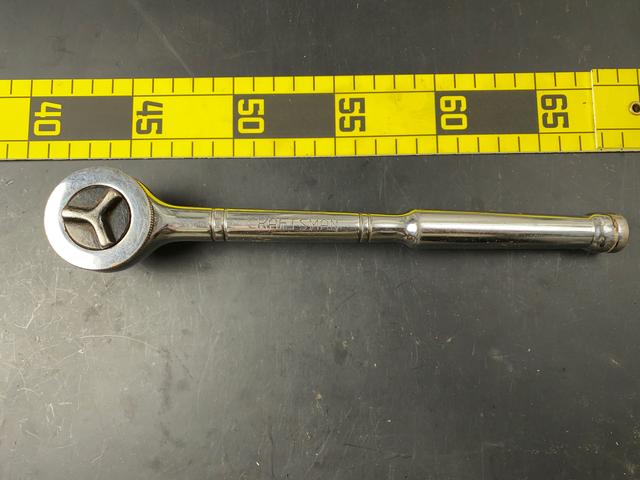 |
| Nice old ratchet wrench. |
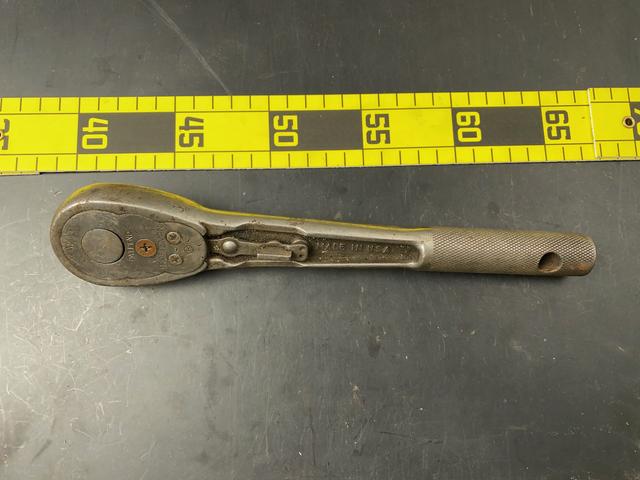 |
| This ratchet wrench looks pretty old to me, but I don’t know its history. |
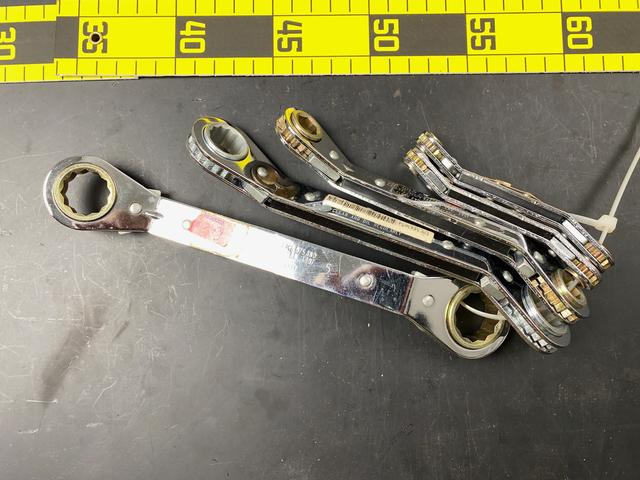 |
| Ratchet head, fixed-size wrenches are like box-end wrenches with the added size and complexity of a rotating mechanism. |
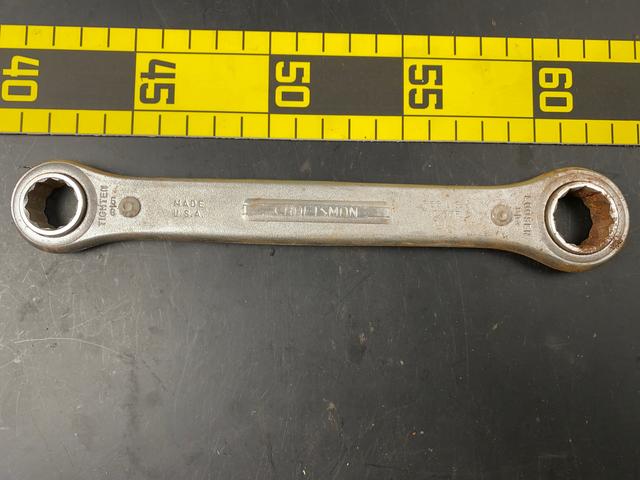 |
| This one has a different size ratchet mechanism on each end, which lets you have half the number of wrenches. Because it can be flipped over to change direction, there’s no need for a direction toggle. |
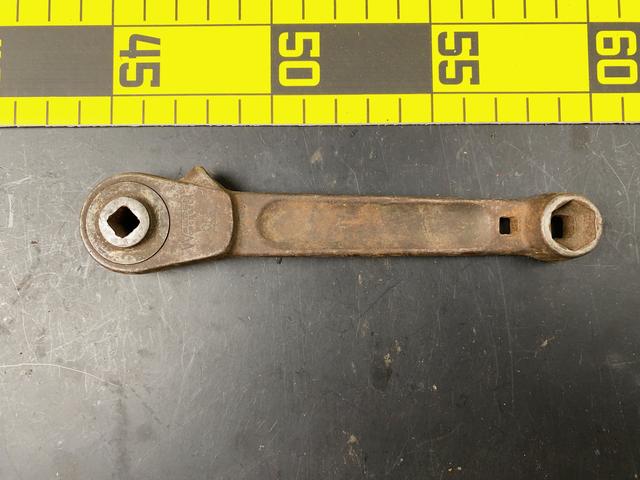 |
| Antique ratchet wrench. |
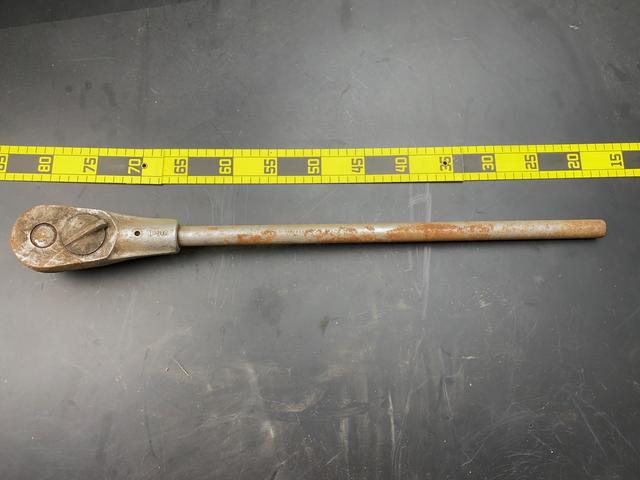 |
| Plain ratchet wrench with just a round bar for a handle. |
Do you have a better example of this kind of tool? Let me know by leaving a comment, and include a picture of it if you can so everyone can see!